![]()
An oil seal, also known as a rotary shaft lip seal, is a mechanical component used for sealing. It is used to prevent oil leakage from mechanical parts where oil enters during operation. The most common type is the skeleton oil seal.
1. Representation of Oil seals
The common representation format is: Oil Seal Type - Inner Diameter - Outer Diameter - Height - Material. For example, TC406212-NBR means a double-lip skeleton oil seal with an inner diameter of 40 mm, an outer diameter of 62 mm, a thickness of 12 mm, and made of nitrile rubber.
2. Materials of Skeleton Oil Seals
- Nitrile Rubber (NBR): Wear-resistant, oil-resistant (not suitable for polar media), Temperature Resistance: -40~120°C
- Hydrogenated Nitrile Rubber (HNBR): Wear-resistant, oil-resistant, aging-resistant, Temperature Resistance: -40~200°C (better temperature resistance than NBR)
- Fluoroelastomer (FKM): Acid and alkali resistant, oil-resistant (resistant to all oils), Temperature Resistance: -20~300°C (better oil resistance than the above two)
- Polyurethane Rubber (TPU): Wear-resistant, aging-resistant, Temperature Resistance: -20~250°C (excellent aging resistance)
- Silicone Rubber (PMQ): Heat-resistant, cold-resistant, low permanent compression deformation, low mechanical strength, Temperature Resistance: -60~250°C (excellent temperature resistance)
- Polytetrafluoroethylene (PTFE): Chemically stable, acid and alkali resistant, resistant to various media, wear-resistant, high-temperature resistant, high mechanical strength, good self-lubrication
Common materials for skeleton oil seals are nitrile rubber, fluoroelastomer, and silicone rubber. PTFE is used for its good self-lubrication properties, especially when combined with bronze for improved performance. These materials are used for making seals such as O-rings, gland seals, and static seals.
3. Types of Skeleton Oil Seals
C-Type Skeleton Oil Seals: These are internal skeleton oil seals and include SC (single lip with internal skeleton), TC (double lip with internal skeleton), VC (single lip without spring with internal skeleton), KC (double lip without spring with internal skeleton), and DC (double lip with double spring internal skeleton).
G-Type Skeleton Oil Seals: These have external threads and function similarly to C-type oil seals but with added external threads to enhance sealing and prevent loosening.
B-Type Skeleton Oil Seals: These have rubber on the inner side of the skeleton or none at all. The absence of rubber improves heat dissipation.
A-Type Skeleton Oil Seals: These are assembly-type seals with a more complex structure, offering better pressure resistance and performance.
4. Sealing Principle and Applications of Skeleton Oil Seals
Components: A skeleton oil seal consists of three parts: a self-tightening spring, a sealing body, and a reinforcing skeleton.
Sealing Principle: The seal works by maintaining a thin oil film controlled by the oil seal lip between the oil seal and the shaft. This oil film provides fluid lubrication characteristics.
Explanation: The stiffness of the oil film prevents leakage by forming a new moon-shaped surface where the oil film meets the air. The sealing ability depends on the thickness of this oil film. If too thick, leakage occurs; if too thin, dry friction can cause wear. Proper lubrication and perpendicular installation are critical to prevent excessive wear and heat buildup.
5. Functions of Skeleton Oil Seals
- Isolate lubricated parts from the output components to prevent leakage.
- Commonly used on rotating shafts, the skeleton acts like reinforcement in concrete, maintaining shape and tension.
- They prevent dirt, dust, and water from entering the bearing and restrict lubricant leakage.
6. Choosing Oil Seals
- Material Selection: Based on sealing medium and working conditions. Material compatibility, temperature range, and lip-following capability are crucial.
- Pressure: Regular oil seals typically handle up to 0.05 MPa. For higher pressures, select pressure-resistant seals.
- Speed: Oil seals usually operate at speeds less than 15 m/s.
- Temperature Range: Varies by material, e.g., NBR (-40120°C), ACM (-30180°C), FPM (-25~300°C).
7. Design Requirements for Shafts and Cavities
Shaft Design:
- Surface Roughness: Should be Rz1.05.0 μm; Ra0.20.8 μm. For rotating shafts, 2.5~1.6 μm Rz is recommended.
- Hardness: Typically ≥35 HRC. For dirty or high-speed applications, ≥55 HRC with a depth of >0.5 mm is recommended.
- Chamfer: Recommended at 15°~30° to ensure proper Seal installation without damaging the lip.
- Processing: Prefer transverse fine grinding or diamond sandpaper. Avoid lathe finishing, super-fine processing, and sanding.
Cavity Design:
- Surface Roughness and Diameter Tolerance: For seat holes, roughness Ra ≤1.6 mm and Rz ≤6.3 mm. For rotating shafts, roughness Ra ≤0.80.4 mm and Rz ≤3.21.6 mm.
- Chamfer: Recommended at 15°~30°.
- Material: Steel or cast iron is suitable. For light alloys and resins, use oil seals with rubber peripheries.
8. Installation of Oil Seals
- Pre-installation: Apply lithium-based grease with molybdenum disulfide to the lips to prevent dry wear. If not installed immediately, cover the seal to prevent debris.
- Installation: Ensure the seal is installed squarely using oil pressure or a sleeve tool. Avoid excessive pressure and install slowly and evenly.
- Lubrication: Apply oil or lubricant to the seal and round off the shaft end and shoulder.
- Orientation: Ensure the lip faces the sealing medium.
- Tooling: Use specialized tools to avoid misalignment or damage during installation.
- Removal: Avoid damage to the cavity and shaft surfaces. Replace seals if worn or damaged.
- Repair: Repair the shaft surface if scratched or rusted. Use shims to avoid contact with old friction marks.
This comprehensive overview should help in understanding and selecting oil seals for various applications.
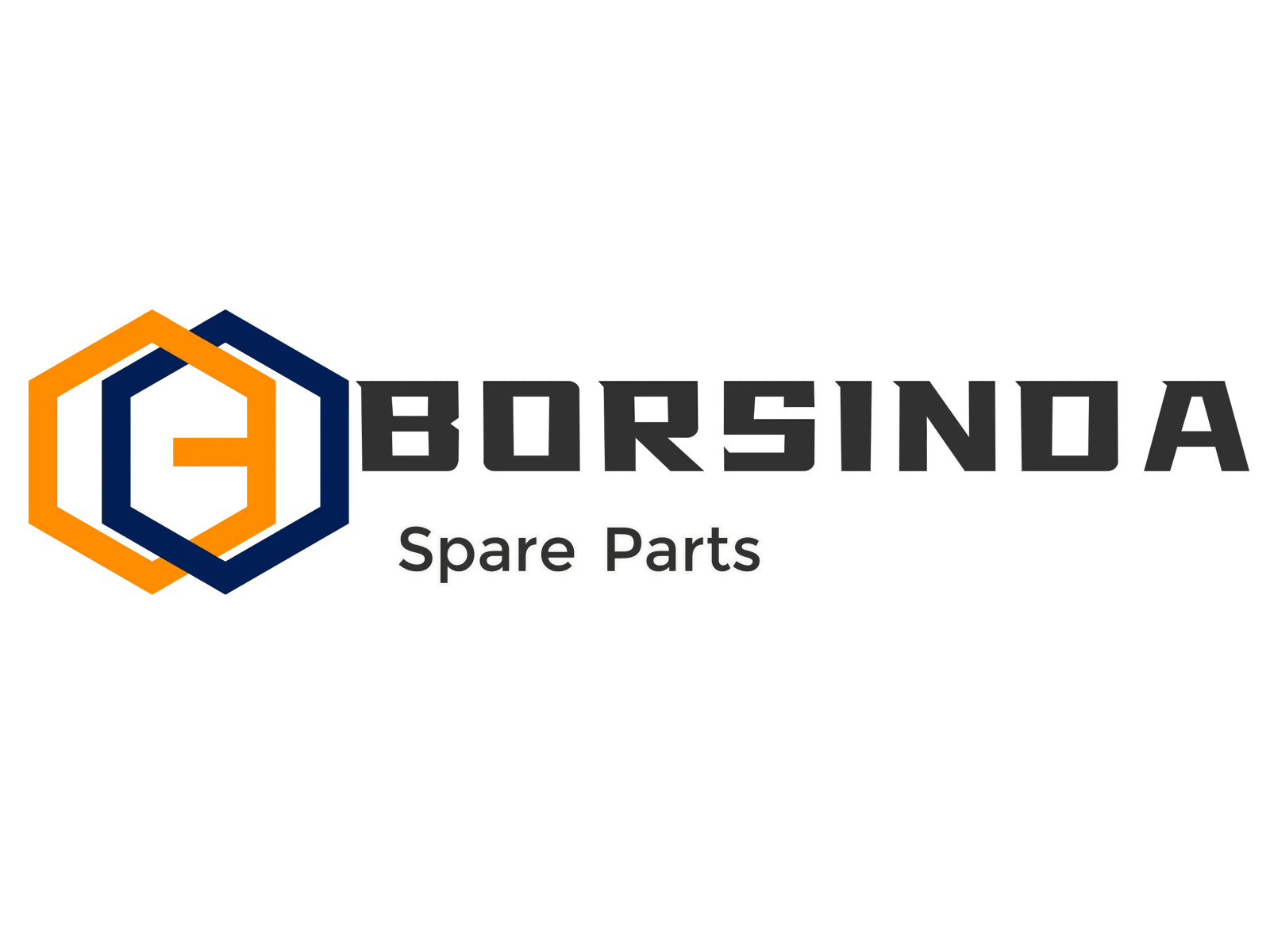
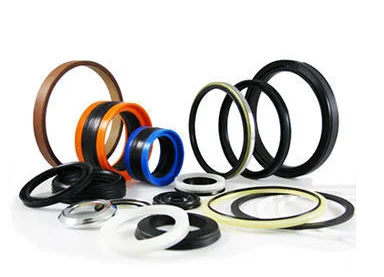
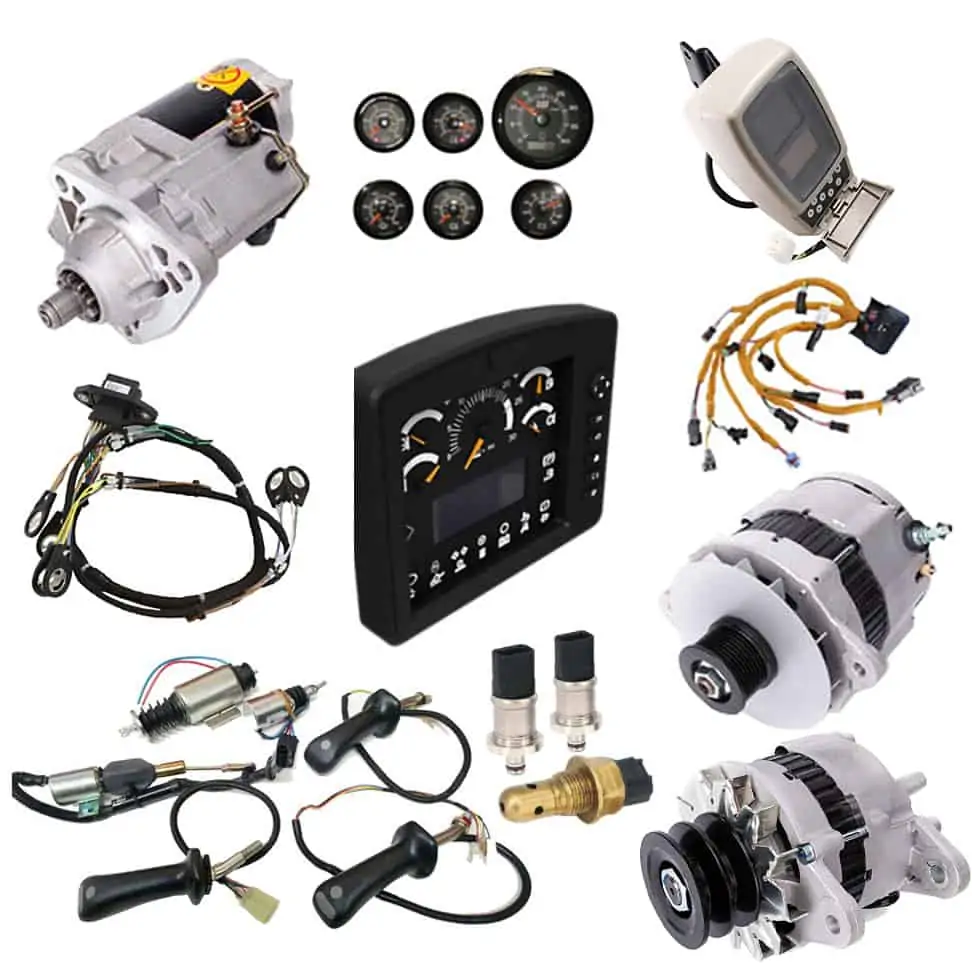
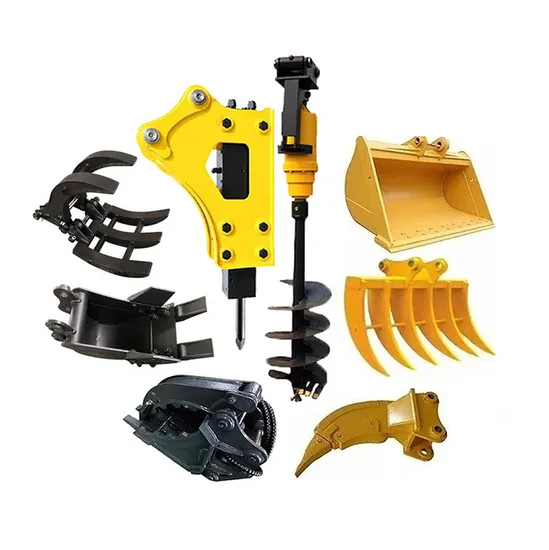
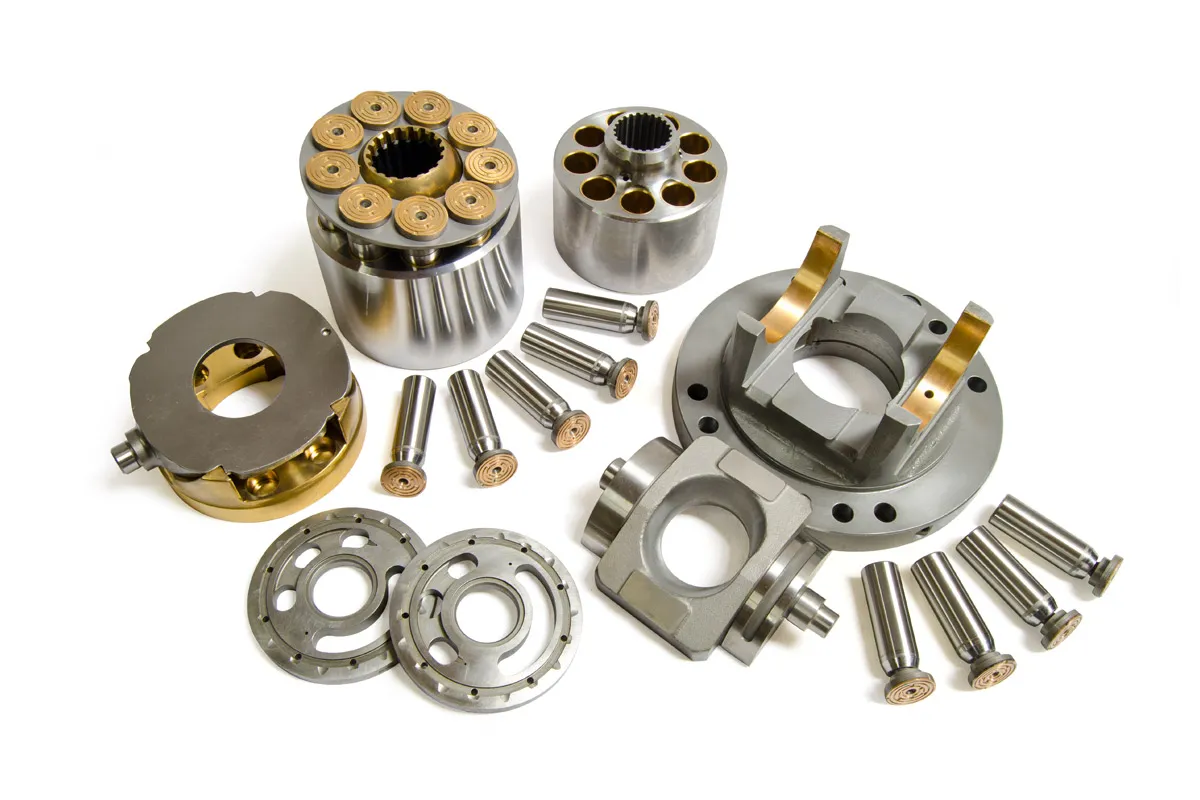
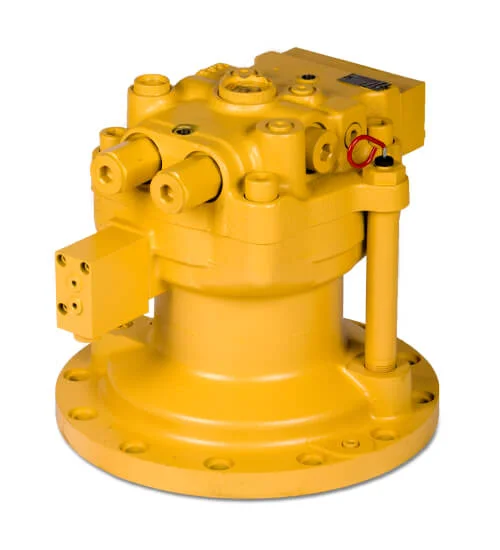
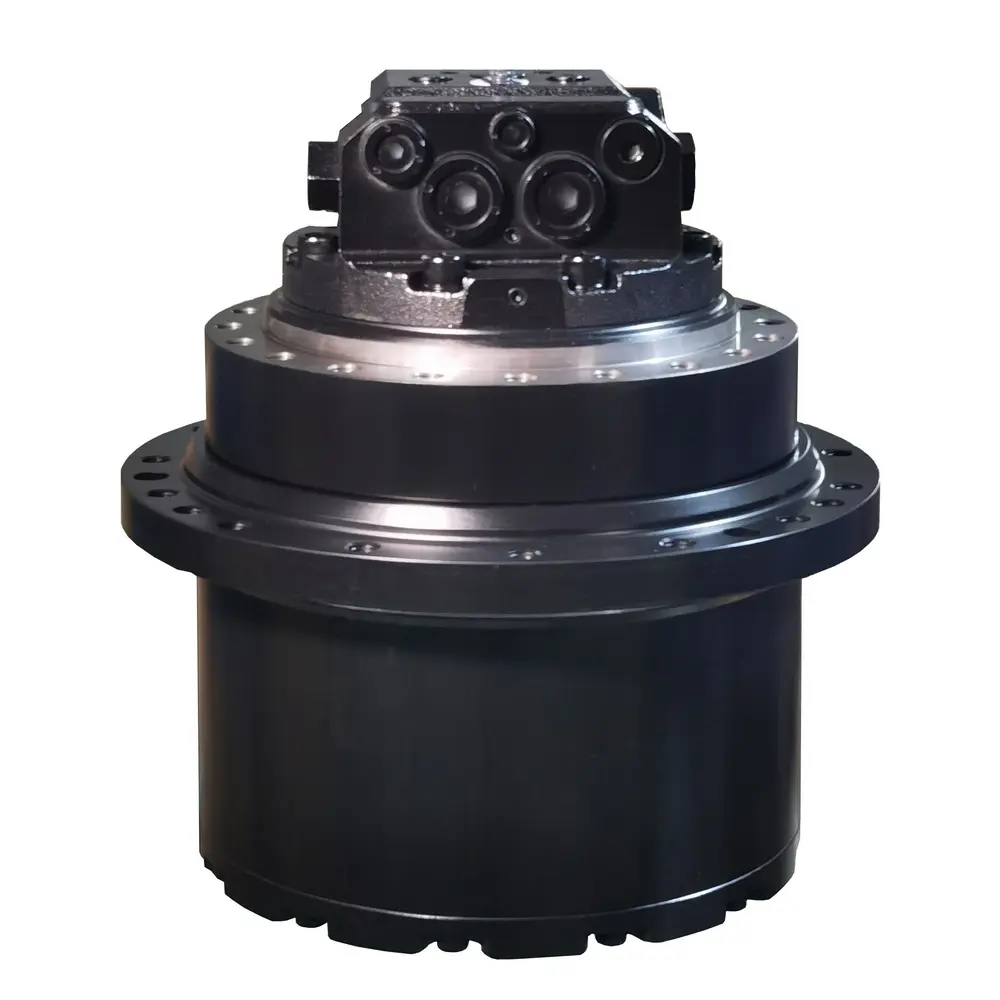
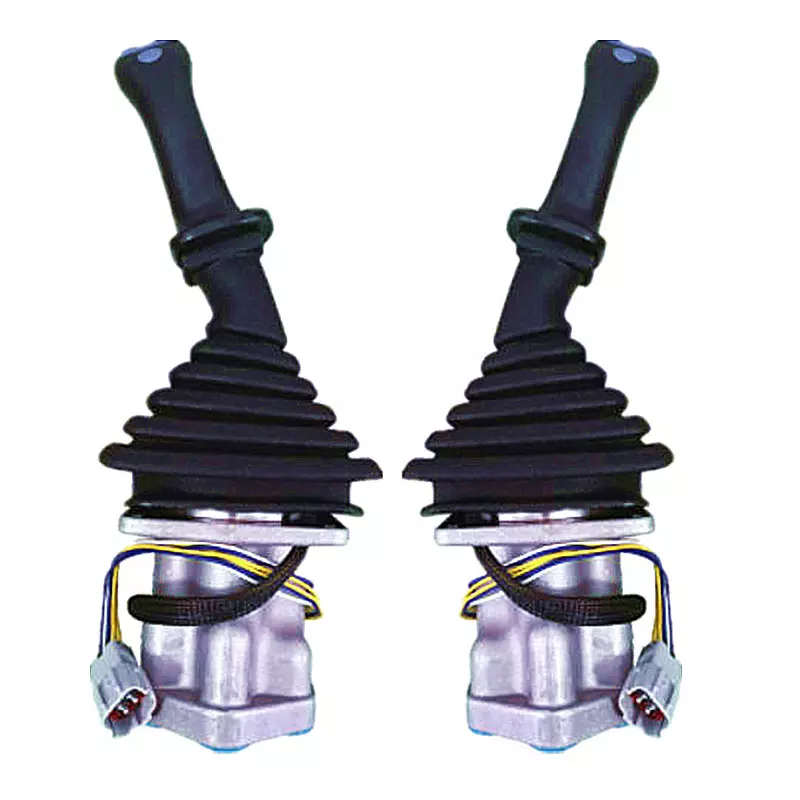
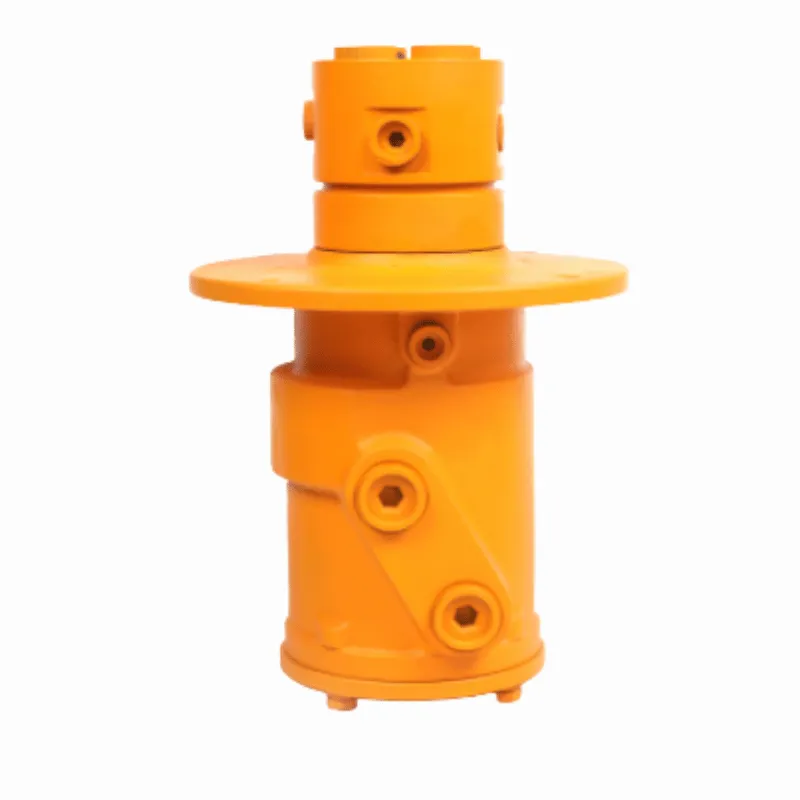
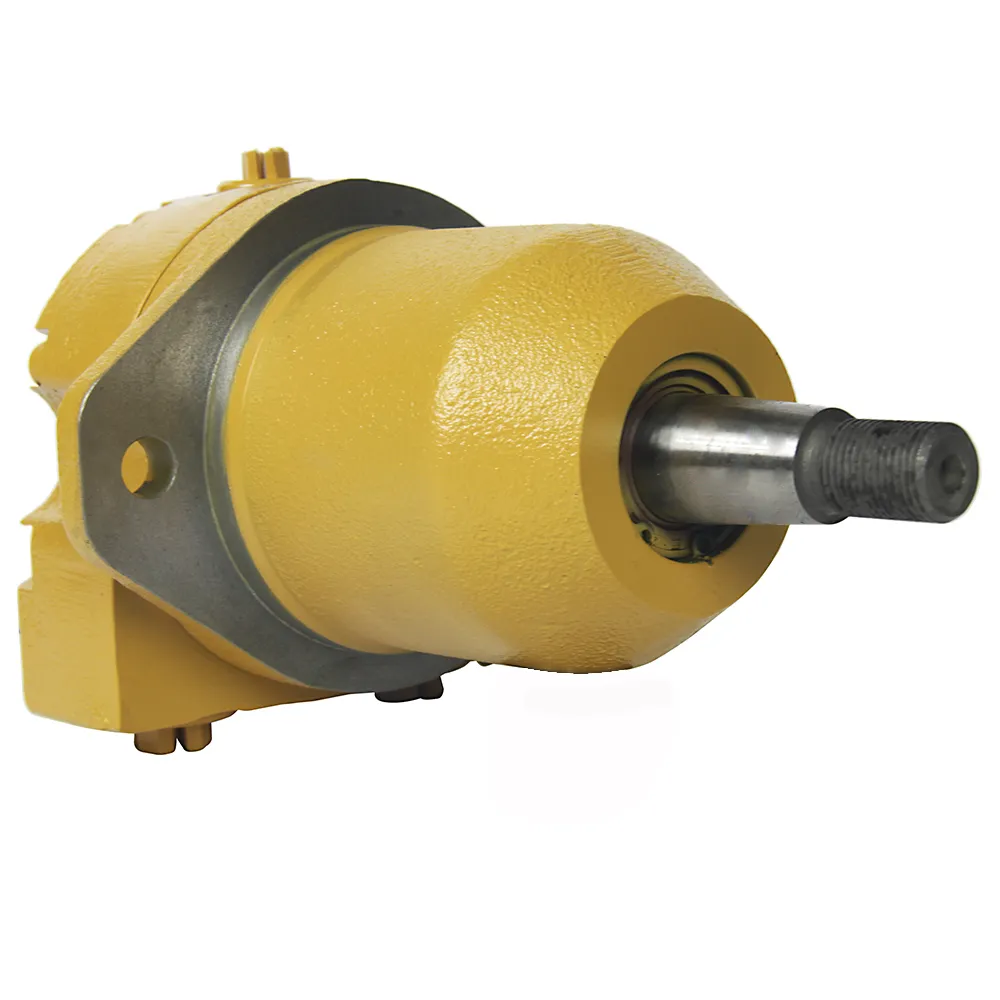
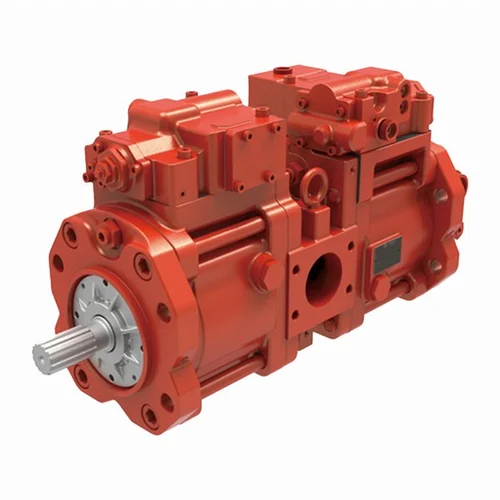
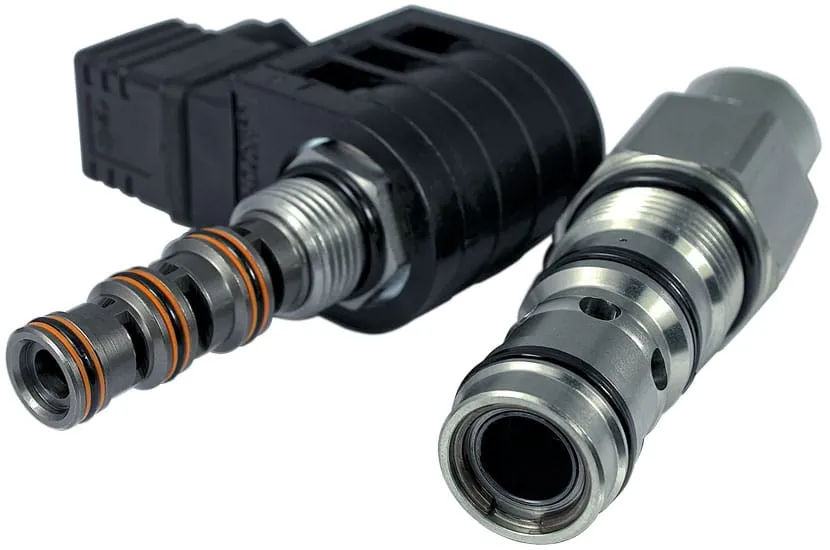
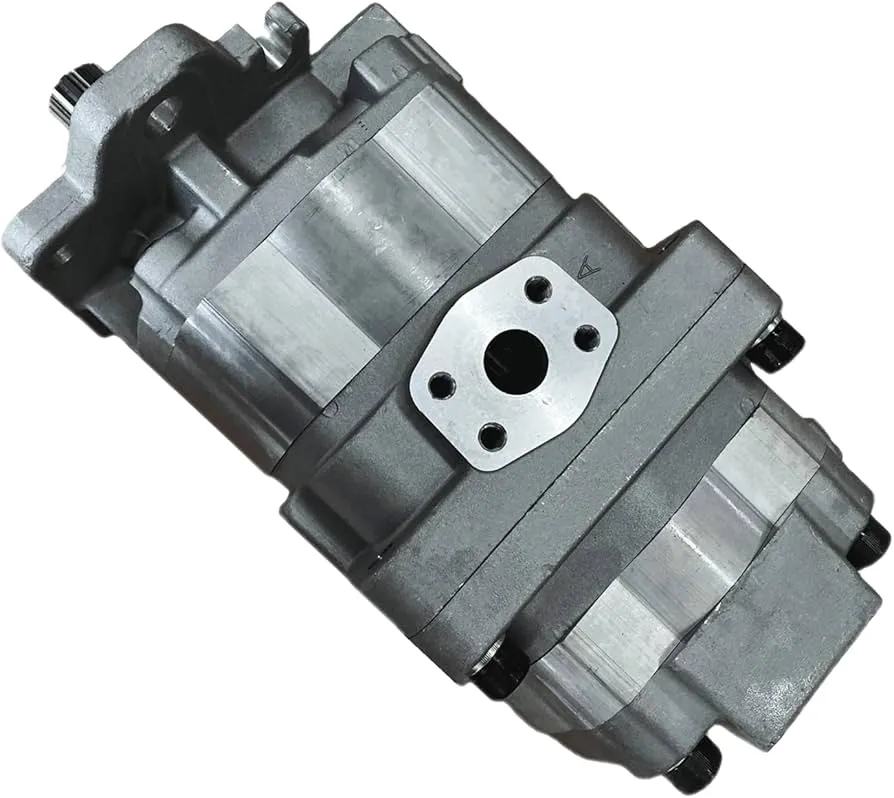
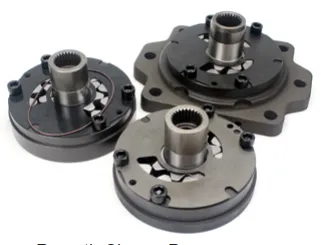
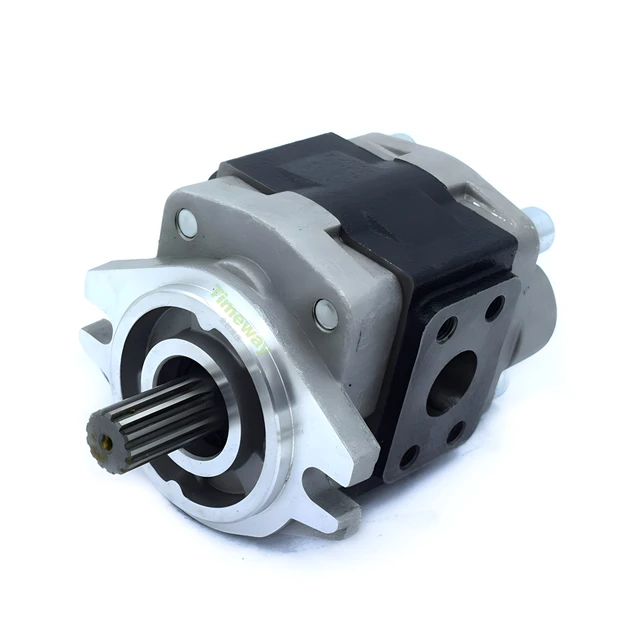

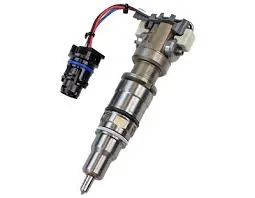
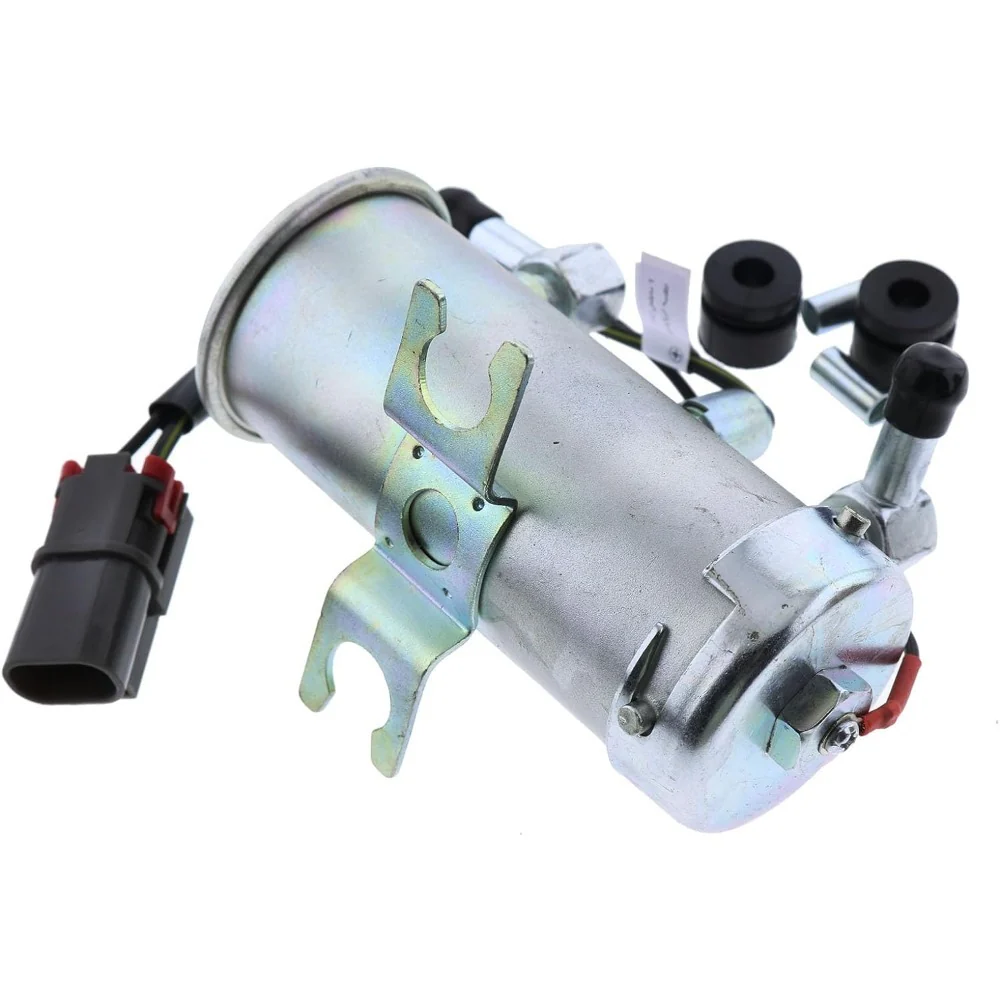
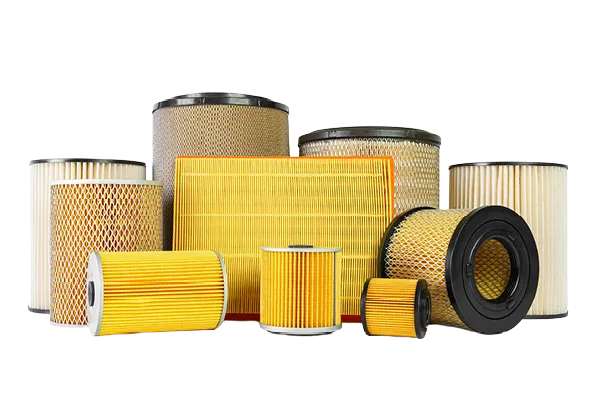
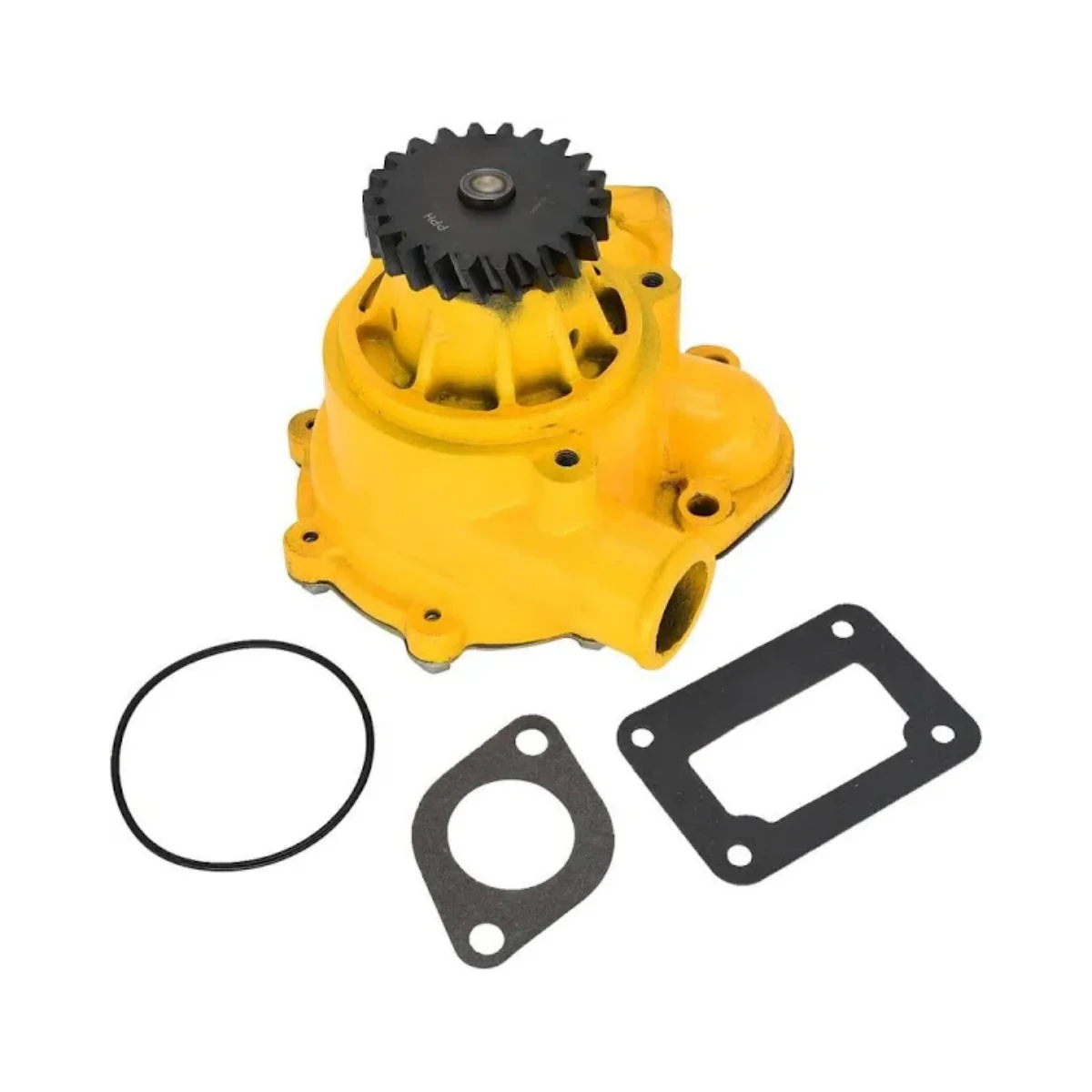
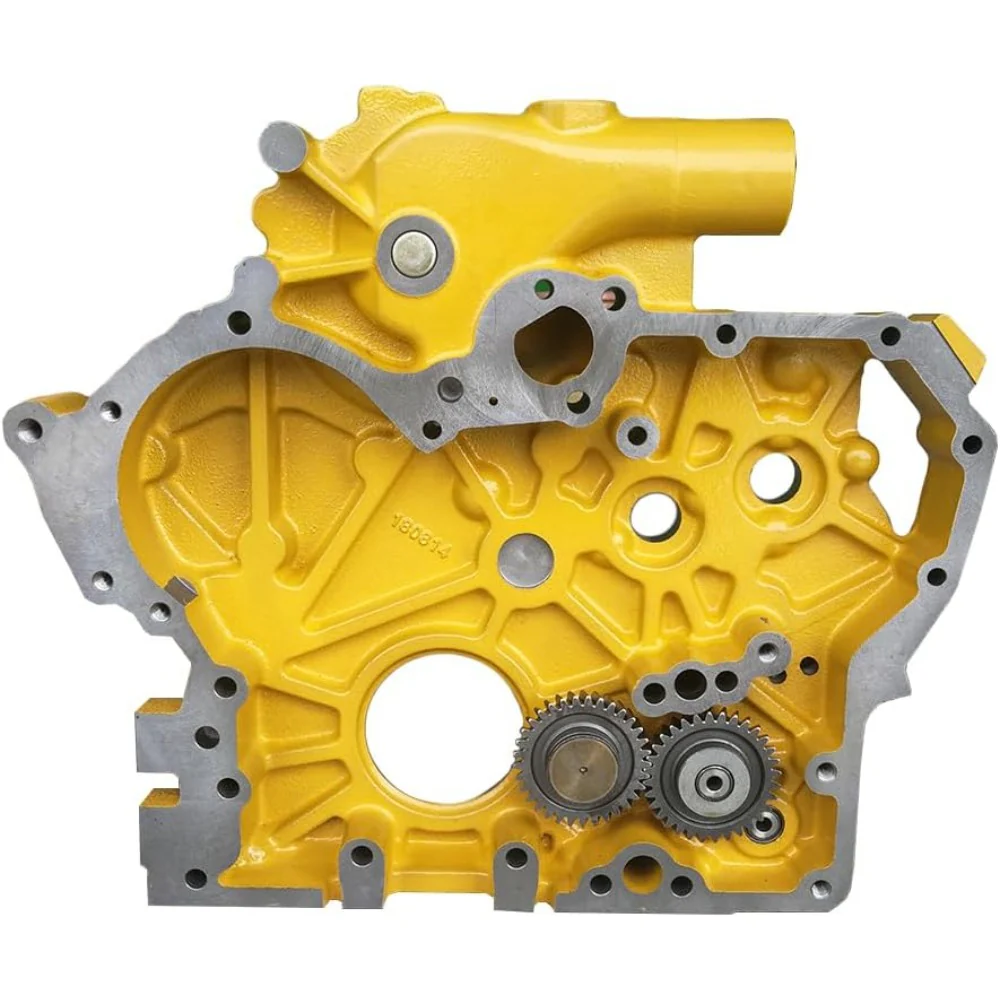
.webp)

.png)
.png)







